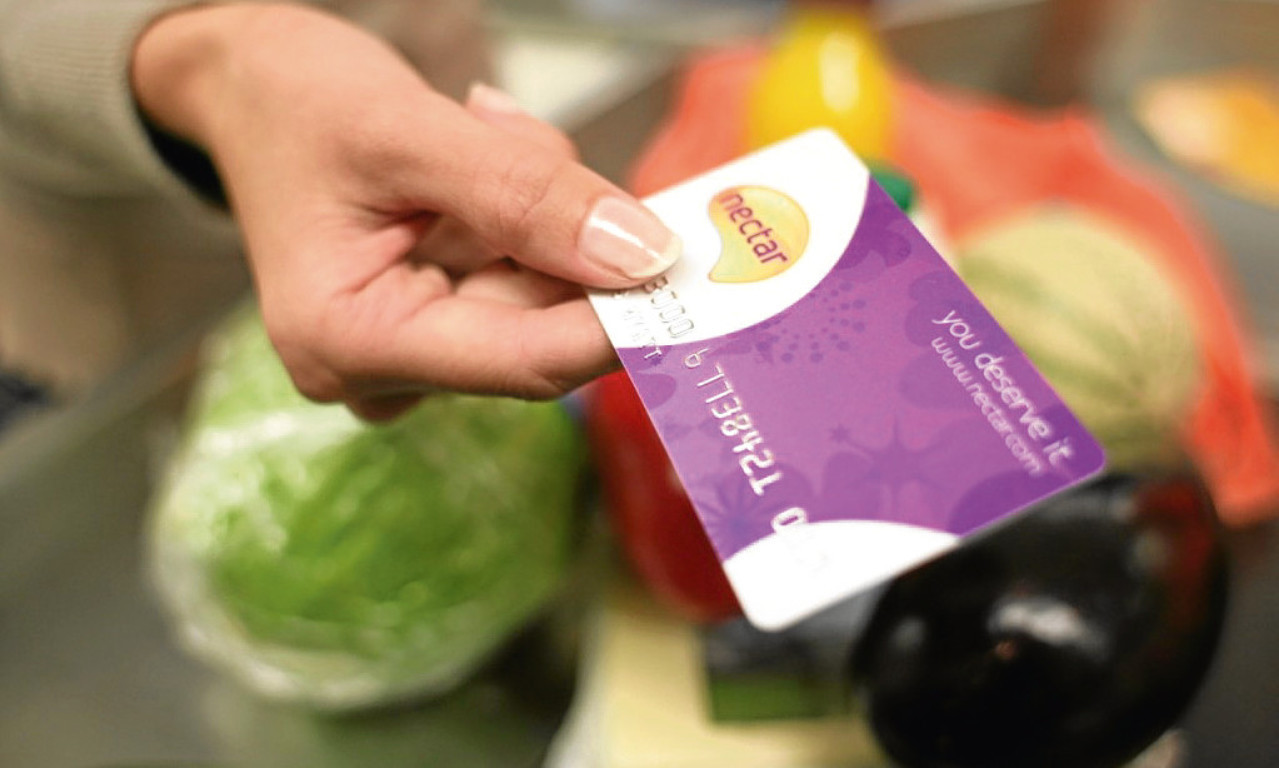How many loyalty cards do you have? More than a couple, I would bet. I have many, because I’m a bit obsessed.
A quick sort through my wallet reveals seven, from travel miles to petrol points – and they’re just the plastic ones. Also tucked away are little bits of actual card used to collect stickers or punched-out holes, taking me closer to free stuff.
Moving on to my smartphone, the hated device that I can’t live without, there are electronic versions, notably a coffee-related one that I should use less often.
Obviously, my loyalty comes cheap. So I was taken aback when I read an interesting piece of business research last week.
A study by the organisation Bond Brand Loyalty concluded that, in Canada alone, people are sitting on $16 billion of unclaimed reward points in loyalty schemes.
In British pounds, especially with what Brexit has done to Sterling, that converts to… a lot. At least two houses in St Andrews.
The same study revealed – and this is the kicker – that about 55% of people don’t know their points balance. So, despite evidence that such initiatives do drive customer loyalty and that people enjoy redeeming points for cash, discounts and real stuff, many customers just aren’t paying attention.
I know how to put that right. Even in the UK, where the shaky retail sector so affected confidence in loyalty cards, they’re ubiquitous. I say it’s time to start taking proper advantage. It’s time to get organised.
Here’s the plan: put our cards on the table, literally. My wife (who wearily tolerates my compulsion to review everything for maximum efficiency) has agreed to sit down with me so we can examine, one by one, all the loyalty schemes for which we hold cards.
Then, we set some goals. Is the card offering something we want and can reasonably achieve? If so, great. If not, we switch our efforts and spending, to a different programme. If we’re going to provide our loyalty, we need to be sure it will pay off.
And maybe, just maybe, I can swap plastic junk for valuable paper in my wallet.
